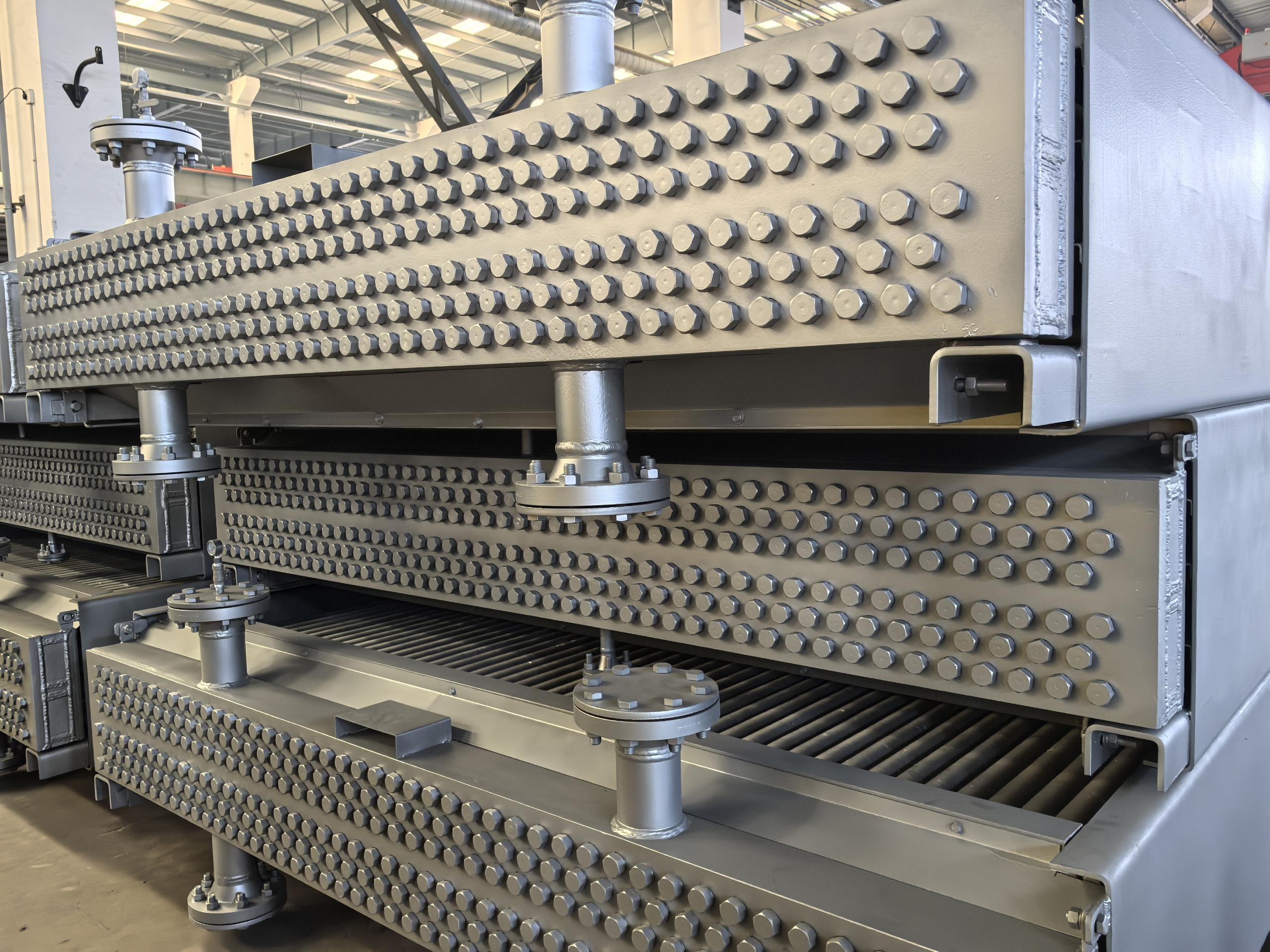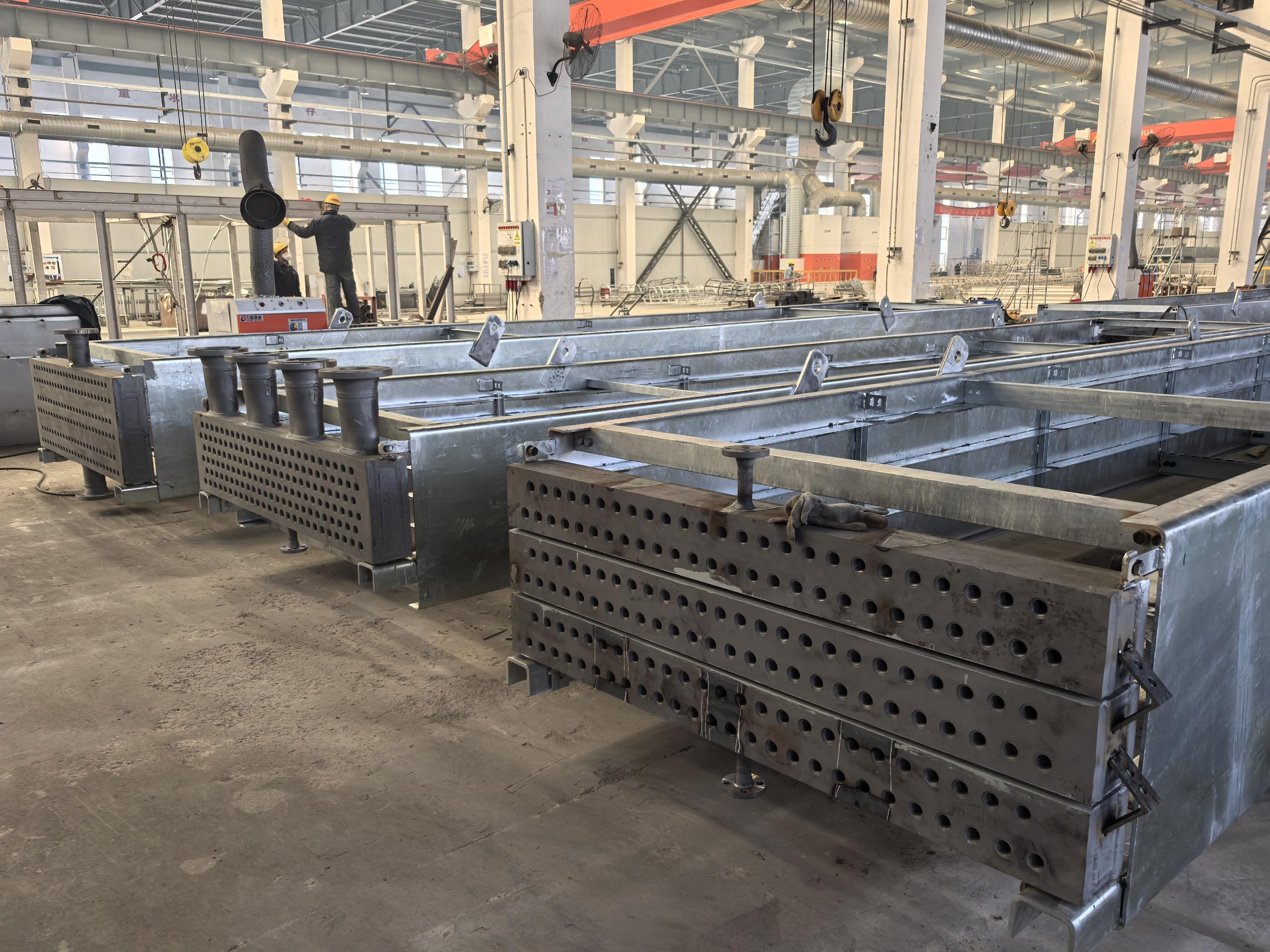| Sign In | Join Free | My carsrow.com |
|
| Sign In | Join Free | My carsrow.com |
|
| Categories | Air Cooler |
|---|---|
| Brand Name: | YUHONG |
| Model Number: | Industrial Air Coolers, Air Cooler Heat Exchanger , Fin Tube Air Cooler |
| Certification: | ASME , U STAMP , PED, API , ABS, LR, DNV, GL , BV, KR, TS, CCS |
| Place of Origin: | CHINA |
| MOQ: | 1set |
| Price: | 1-1500000 USD |
| Payment Terms: | T/T, L/C |
| Supply Ability: | 50Ssets/month |
| Delivery Time: | 40-150 days |
| Packaging Details: | Standard Export Package: Bundle + Cap , Ply wooden case |
| Product: | Forced - Draft Air Coolers / Evaporative Coolers |
| Industrial Air Coolers Desgin Standard: | API 661, ASME VIII Div.1 , ISO 13706 |
| Industrial Air Coolers Fin Types: | Embedded G Type Fin Tube , Extruded Fin Tube |
| Industrial Air Coolers Fin Tubes Standard: | ASTM/ASME A179/SA179,ASTM/ASME A210/SA210 A1,etc |
| Industrial Air Coolers Header: | ASTM A105, ASME SA105 , ASTM A266 GR.2, ASME SA266 GR.2N , ASTM A516 GR.60, GR.70, ASME SA516 GR.60, GR.70 |
| Highlight: | Industrial Air Coolers, Air Cooler Heat Exchanger , Fin Tube Air Cooler |
| Industrial Air CoolersPacking: | Standard Export Package: Bundle + Cap , Ply wooden case |
| Company Info. |
| Yuhong Group Co.,Ltd |
| Verified Supplier |
| View Contact Details |
| Product List |
Air Cooler Heat Exchanger API 661 For Power Generation Plants ISO 13706
Industrial air coolers heat exchanger, also known as forced-draft air coolers (FDAC) or evaporative coolers, they are widely used in large-scale projects requiring efficient, cost-effective heat dissipation.
Some Common Key Projects
Industrial air coolers heat exchnager typically occurs in the following types of projects:
Power Generation Plants, Focus: High-temperature resistance, corrosion protection (for coastal plants,ect.)
Thermal Power Plants
1.Direct Air-Cooled Condensers (ACC) ,for steam turbine exhaust
cooling (replacing water-cooled condensers).
2.Auxiliary Cooling for pumps, compressors, and transformers.
Gas Turbine Power Plants
1.Inlet Air Cooling, increases efficiency by lowering intake air
temperature.
Nuclear & Renewable Energy Plants
1.Waste Heat Rejection, used in dry cooling systems for solar
thermal or nuclear plants.
Oil & Gas / Petrochemical Industry, Key Requirements:Explosion-proof design (ATEX certification), chemical-resistant materials (e.g., stainless steel 316L)
Refineries
1.Cooling for distillation columns, reactors, and heat exchangers.
Chemical Plants (Ethylene, Fertilizers, etc.)
1.Process cooling for compressors and reactors.
LNG Terminals
1.Cooling boil-off gas (BOG) recondensation systems.
Metallurgy & Heavy Manufacturing, Key Technical Requirements:Dust-proof filters, high-temperature fan systems (>150°C)
Steel Mills
1.Blast furnace cooling, continuous casting machine cooling.
Aluminum & Copper Smelting
1.Electrolytic cell cooling, flue gas heat recovery.
Cement Plants
1.Rotary kiln and grate cooler cooling.

An air cooler is a euipment that cools air through the evaporation of water. Their advantage is that unlike traditional air conditioners that use refrigerants and compressors, air coolers are more energy-efficient and environmentally friendly. They work best in hot, dry climates where humidity is low.
Key Advantages
Energy Efficiency: fans consume less power than water-cooled
systems.
Low Maintenance: unlike cooling towers,no need water treatment.
Dry Operation: ideal for water-scarce regions.
Modular Design: easy to scale for large industrial loads.
Air Cooler Heat Exchanger Works
The core components: finned tubes(embedded G finned tubes or extruded finned tubes,etc.); forced-draft fans; header/manifold; support structure (steel frame to withstand wind or loads).
Note about finned tubes: Aluminum fins for corrosion resistance, stainless steel for harsh chemicals.
Working Principle
1. Hot Process Fluid Enters: The fluid (water, oil, steam, or
chemicals,ect.) flows through the tubes.
2. Forced-Draft Fans Blow Air: Fans actively push ambient air
across the finned tube.
3. Heat Exchange Occurs: Air absorbs heat from the tubes via
conduction/convection.Fins amplify surface area for faster cooling.
4. Cooled Fluid Exits: The process fluid leaves at a lower
temperature, ready for reuse.
5. Hot Air Discharged: Warm exhaust air is released to the
atmosphere.


|